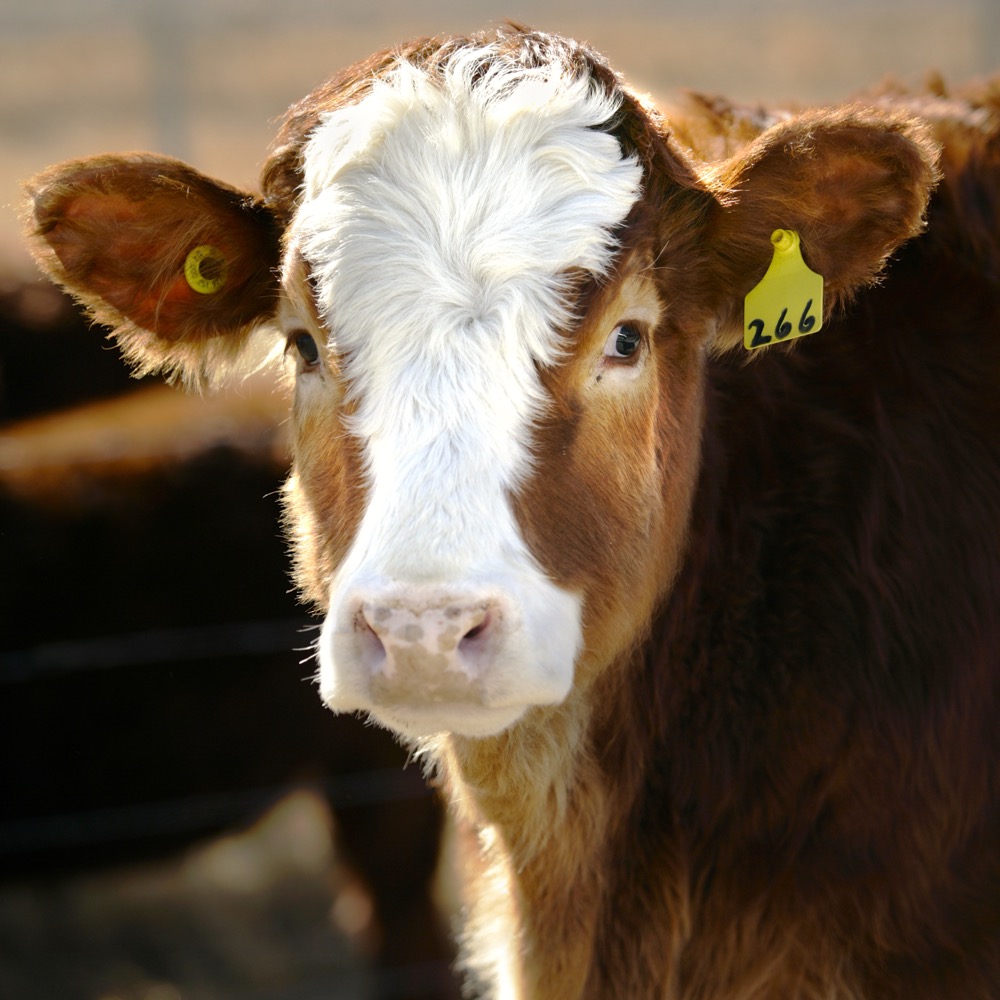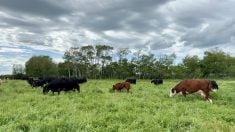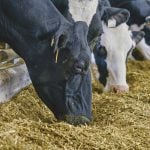December 1, 2018, is an important date that all Canadian beef producers should be aware of. It marks the end of the phase-in period, after which Health Canada will enforce new regulations as to how medically important antimicrobials (MIA) that were previously sold over the counter without veterinary prescription are regulated, dispensed and used within Canada’s livestock sector. The intent of these changes is to promote the prudent use of MIA and to strengthen veterinary oversight regarding their use in an effort to combat the development and spread of antimicrobial resistance.
Read Also

Farm families work together to graze cropland with cattle in the fall
These Alberta farm families have separate operations, but work together to manage their land
The changes were actually implemented in April 2018 when specific antimicrobials that were previously purchased over the counter without a veterinary prescription were deemed as medically important by Health Canada. This resulted in the Canadian Food Inspection Agency revising the Compendium of Medicating Ingredient Brochures (CMIB). The CMIB is a document that lists those medicating ingredients permitted by Canadian regulations to be added to feed. It includes products that are sold by prescription as well as those sold over the counter. In addition it details information on feed formulation and labelling. Examples of antimicrobials affected include penicillin G, tylosin, virginiamycin, chlortetracycline and oxytetracycline. Under the new rules, these medically important antibiotics can only be purchased under veterinary prescription, either directly from a veterinarian or from a commercial feed mill (again under veterinary prescription). From the feed industry perspective, the period from April 1 to December 1 was a phase-in period, where they could use the old CMIB for labelling purposes. However, after December 1, 2018, feed manufacturers can only sell feed/supplements containing medically important antimicrobials under the authority of a veterinarian. As the feeding sector uses a number of feed additives — some of which are affected, while others are not — I would like to use this column to discuss the impact of these changes on your access to some of the more common feed additives.
First let’s look at ionophores, which one could argue is the largest class of antibiotics used in the beef industry. Fortunately, ionophores do not fall under the category of medically important antimicrobials and as such are not affected by the new regulations, as long as they are used at approved levels. Ionophores have a number of benefits for cattle including improved feed efficiency, reduced feed intake, increased daily gain and prevention/control of specific diseases such as coccidiosis, bloat and digestive disorders. As such it is easy to understand why they are so widely used in the industry. The two most common ionophores on the market are monensin sodium and lasalocid. A veterinary prescription is not required when purchasing supplements, pre-mixes or complete feeds that contain ionophores from feed mills, as long as these products are fed according to label specifications. In addition to ionophores, there are a couple of other feed additives used to control and/or treat coccidiosis in calves. These include decoquinate and amprolium. Both are designed to be fed at targeted levels as part of a formulated supplement, complete feed or crumble. They continue to be available over the counter (i.e. without veterinary prescription).
Antibiotics are also used quite widely in the finishing sector to control liver abscesses. Liver abscesses result from bacterial colonization of the liver, typically as a result of high grain feeding. These abscesses can range from mild to severe, with the latter having a negative impact on health and performance. Under the new guidelines, the only antibiotic with a label claim for control of liver abscesses is Tylosin. Further a veterinary prescription is now required to feed this antibiotic. Similarly, a veterinary prescription will be required for use of the members of the tetracycline class of antibiotics such as chlortetracycline and oxytetracycline. These products have been widely used in growing and finishing diets to control foot rot and bloat as well as bacterial diarrhea in calves. Another change to the regulations is the requirement for a veterinary prescription for use of tilmicosin as a feed additive for reducing morbidity rates due to bovine respiratory disease.
There are also a number of other feed additives commonly used in the feed industry that are not antimicrobials. Examples of these include melengestrol acetate (MGA) for control of heat in heifers and ractopamine hydrochloride which is a beta-agonist that is fed to cattle to promote lean tissue gain and improve feed efficiency in the last 30 to 40 days of the feeding period. These products continue to be available from feed mills as part of a meal or pelleted supplement without veterinary prescription.
So, what do these changes mean for you? First, for virtually every antibiotic that you are using in your receiving and treatment program, you will require a veterinary prescription in order to purchase/use. Secondly, you will also require a veterinary prescription to use antibiotics such as tylosin, chlortetracycline and oxytetracycline in your feeding program. Be forewarned that getting a veterinary prescription is not as simple as phoning a veterinarian’s office and requesting one. Under the new regulations, the veterinarian must have a “veterinary-client relationship” with an operation before prescribing medically important antibiotics. This means he/she must have first-hand knowledge of your operation. So if you don’t already have an existing professional relationship with a veterinarian, now is the time to establish one.

















